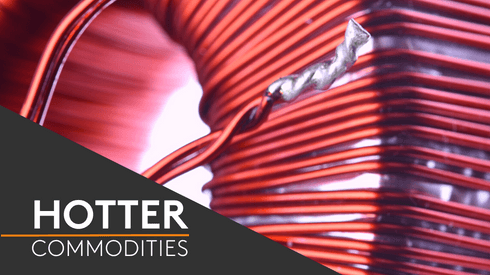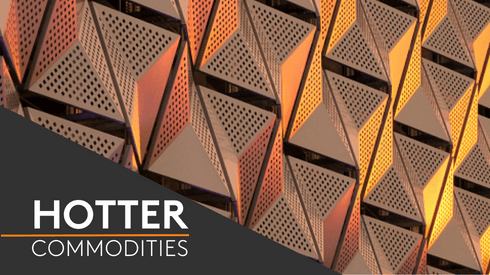Metal Bulletin rounds up some of the key news and price moves from the past week in the non-ferrous metals markets.
Base metals
Nickel prices trading on the London Metal Exchange were buoyed by optimism over electric vehicles (EVs) during LME Week, but the industry must tackle the ever-present warehouse stockpiles before the lithium-ion battery raw material can mirror the success of cobalt, Lord Copper argues.
Over November, nickel prices rose to $13,000 per tonne before falling by 16% in just two weeks when soaring sentiment over potential EV demand died down.
China’s monthly refined zinc output reached a historic high in October when smelters were operating close to full capacity to cash in on the zinc price rally, an analyst said.
Spot copper concentrate treatment and refining charges (TCs/RCs) dropped by 3.7% in the first half of November, as trade buying at lower levels outweighed smelter stockpiling in illiquid conditions.
In news from the America Copper Council (ACC) autumn meeting, the freight and transportation sectors in the United States are in the middle of a “perfect storm” that is creating persistent problems for road haulage, a senior representative of transportation and supply chain management firm Ryder System said.
US copper market participants are broadly expected to roll over the terms for 2018 physical contracts when they hold talks during the ACC autumn meeting. You can read more the quotes from market participants at ACC this week here.
China’s supply-side reform policies, such as illegal capacity cuts, have guided the country’s aluminum industry this year, the vice chairman of the China Nonferrous Metals Industry Association (CNIA) said at the China Aluminum Forum in Fuzhou on November 15.
Weaker prices for seaborne bauxite and depleting domestic reserves of the ore will support the continued strength of China’s bauxite imports in the long term, according to BMI Research.
India is looking to address the large amounts of aluminum scrap it imports each year by trying to process more material domestically, Metco Marketing India’s managing director Dhawal Shah told delegates at Metal Bulletin’s 25th Recycled Aluminium conference in Warsaw.
Also at the Recycled Aluminium conference, Michael Boyle, Alcoa’s director of metal management, told delegates that Alcoa’s decision to partially restart the Warrick aluminum smelter in the US state of Indiana will increase the company’s need to supplement the on-site rolling mill with scrap.
See this week’s base metals premium table here.
Ores, alloys
In the manganese ore market, strong demand from China’s domestic steel market has facilitated a change in spot contract terms in the 37% manganese ore market in the past two years, with deals now increasingly concluded on a cif China basis, according to data collected by Metal Bulletin over recent years.
Citibank expects a steep drop in high-grade manganese ore prices by the end of next year, as it maintains its bearish view on the steelmaking raw material in the medium to long term.
Plans for a sale or listing of the Tshipi manganese mine have been canceled and its owner, Jupiter Mines, is considering similar options for its own future.
And Chinese tungsten prices staged a turnaround this week, amid low availability of concentrates.
And looking further ahead, China’s Environment Tax Law, to take effect from January 1, 2018, will add as much as 2,000 yuan ($301) per tonne to ammonium paratungstate costs.
Minor metals
Indium prices started to surrender some of their recent gains this week in China as investors retreated from the market.
Chinese cobalt prices, meanwhile, were buoyed by weakened spot availability, narrowing the premium charged for imported cargoes.





